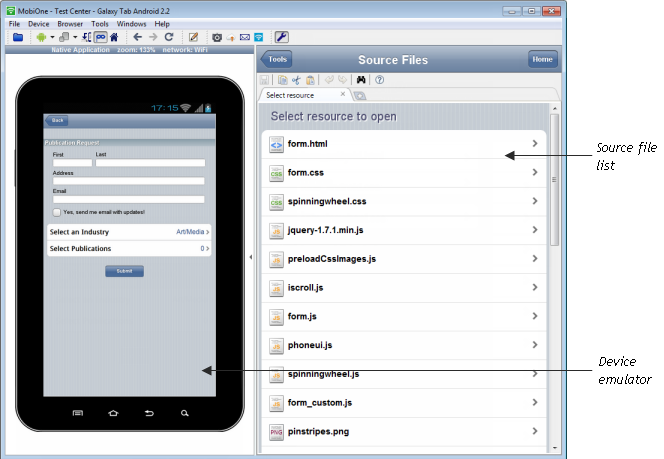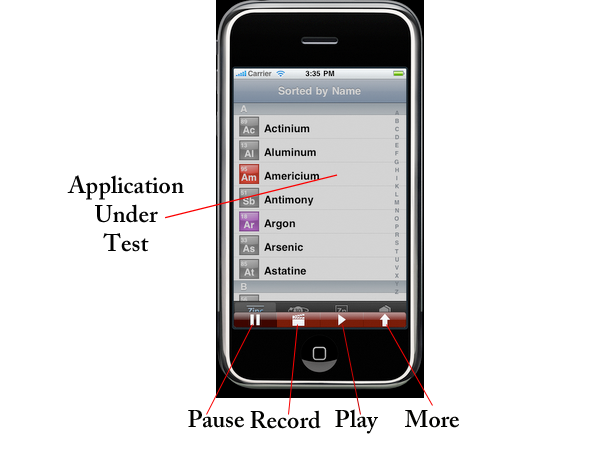Testing Tools for iPhone App Development
Scores of new iPhone applications are released on a daily basis, catering to various needs and requirements of a large number of users all over the world. For loyal iPhone users, the iPhone app experience is a promise of intuitive usability and quality, stemming from the fact that Apple has in place several strict quality guidelines for all applications being distributed on the iTunes store.
How testing affects popularity of apps?
Across all genres of applications, iPhone app testing is an important step of the development process which ensures that these applications conform to the quality guidelines set by Apple, and give users the requisite satisfaction while using these applications. An elaborate process, testing applications involves a lot of diligence and creativity on the part of iPhone app developers to ensure that it becomes a runaway success on the apps market.
In order to stay true to overall objective of enhanced user experience and making it iTunes store ready, the testers use various techniques and approaches to perform suitable testing and quality analysis of iPhone applications. To this effect, a number of iPhone app testing tools can be used to greatly enhance the speed and quality of the testing process and make it cost-effective.
Why use Testing Tools for iPhone App Development?
iPhone app testing is a rigorous process that requires specific skills, time and resources. Developers need to focus on facets such as functionality, positioning, content and resources utilization of the application. It makes the testing process much simpler and consumes a lot less time and resource if developers avail the use of various hardware and software app testing tools and services to ensure overall quality and efficiency.
Types of testing tools
iPhone app testing tools range from
- Hardware tools which simulate device environments
- software tools which test
- code strength,
- validate and benchmark the integration of an app with the platform,
- check and confirm continuity and
- deliver beta versions of the app to a focus group for testing and collection of feedback.
- There are also tools which help developers receive crash reports and create bug fixes.
Using a judicious mix of these tools enables developers to largely automate the testing process and therefore save time and resources without compromising on accuracy. The following are some of the often used testing tools –
- Device Emulators – Hardware device emulators are a great investment for any iPhone app development company. Device emulators help construct a suitable test environment in which application code, features and modules can be tested for effectiveness, efficiency and compatibility. They accurately reproduce both the hardware features and the software platform of various builds of iPhone devices, and provide iPhone app developers with the correct environment in which to carry out the testing. These devices also feature various diagnostic options which implement tools like high-level scripting support and customized network states to thoroughly test iPhone applications even under possibly extreme circumstances.
- Tools for Technical Testing and Automation – These tools provide automated solutions for some of the oft used actions in iPhone app testing. Applications need to be checked for bugs and errors in coding, errors in integration with their native environment, errors in continuity and also non-functional errors which would negatively affect usage experience. There are a number of tools which automate these processes and significantly cut down on the time taken to achieve results from these processes. Some of the open source test automation frameworks include FoneMonkey, UISPEC and Sikuli.
- Beta Testing, Delivery and Post Delivery Tools – there are a number of iPhone app testing tools that can be used to facilitate delivery and deployment of the software to focus groups for testing and collection of feedback. One example is the Github for Hockey, an open source beta testing project. Getting user feedback is crucial in ascertaining the quality of use that the application is finally going to provide to its target customer base. These tools are a great way of getting accurate feedback and suggestions from a representative group of users.
Similarly, there are tools that iPhone application developers can integrate into their applications which passively send back bug reports and crash reports and can also be used to collect ratings for usage satisfaction from a much larger base of users once the application is put on the market.
Author Bio: Sienna Amelia is a Tech blogger who started to write for Contus – An iPhone application development company and She has passion to write about technology happening around the world, she can share her knowledge and thoughts with everyone. Follow via Author: Sienna Amelia on Google+




